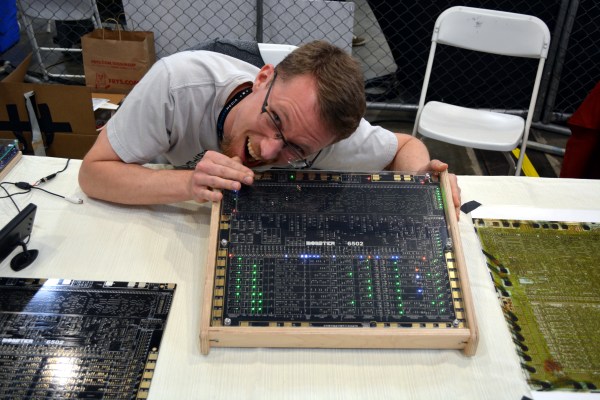The Greengate DS:3 had been re-created in the form of the Goodgreat. Now [Bea Thurman] had to put it to use. If the Greengate DS:3 card was rare, the keyboard was nearly impossible to find. After a long search, [Bea] bought one all the way from Iceland. The card of course came courtesy of [Eric].
It was time to connect the two together. But there was a problem — a big problem. The GreenGate has a DB-25 connected via a ribbon cable to the board’s 2×10 connector. The keyboard that shipped with those cards would plug right in. Unfortunately, [Bea’s] keyboard had a DIP-40 IDC connector crimped on its ribbon cable. What’s more the connectors for the sustain and volume pedals were marked, but never drilled out. The GreenGate silk screen was still there though.
Maybe it was a prototype or some sort of modified hardware. Either way, the 40-pin DIP connector had to go if the keyboard ever were to work with the card. What followed were a few hours of careful wire tracing
Continue reading “The Greengate DS:3 Part 2: Putting A Retro Sampler To Use”



















